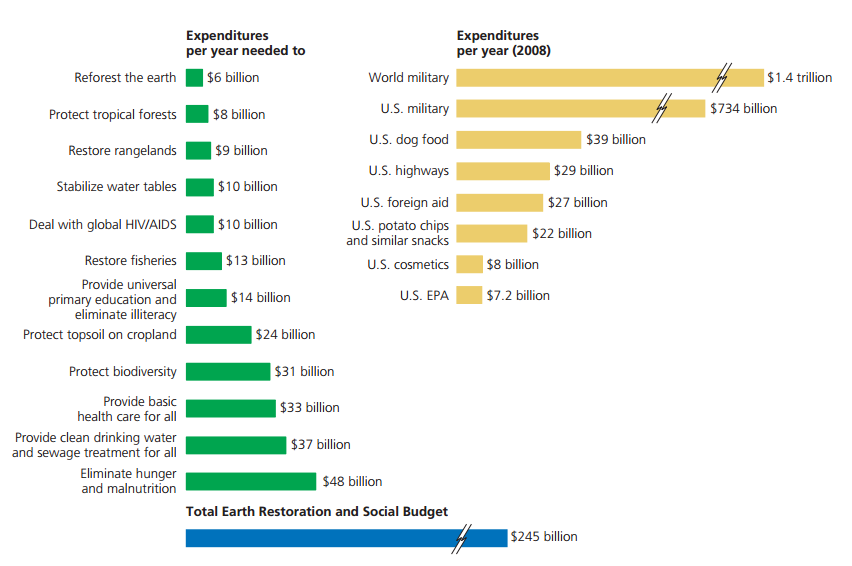
Figure 23.16
Is economic growth sustainable?
What will be an ideal response?
Economic growth is an increase in the capacity of a nation, state, city, or company to provide goods and services to people. A typical industrialized country depends on a high-throughput economy, which attempts to boost economic growth by increasing the flow of matter and energy resources through the economic system to produce more goods and services. But it also produces vast quantities of wastes, pollution, and low-quality heat, which tend to flow into planetary sinks (air, water, soil, and organisms). Environmental ecologists find a high-throughput economy to not be sustainable and recommend a low-throughput economy to increase sustainability.
You might also like to view...
The Earth has functioned as a life-supporting self-sustaining system for over 8 billion years. Indicate whether the statement is true or false
Environmental problems associated with large hydroelectric dams include
A. loss of fertile farmland, destruction of aquatic communities, and relocation of people. B. global warming, ozone destruction, and private land rights. C. air and water pollution and higher crime. D. warming of water, reduced evaporation, and reduced recreational opportunities.
Which of the following is true about the water table?
A. The water table can slope in opposite directions beneath a hill. B. The shape of the water table does not mimic topography. C. Deeper water below the water table must flow in the same direction as near-surface water. D. All of these. E. None of these.
Contact metamorphism involves changes in the texture and mineralogy of a rock caused by the extreme heat and pressure of intruding magma
Indicate whether the statement is true or false